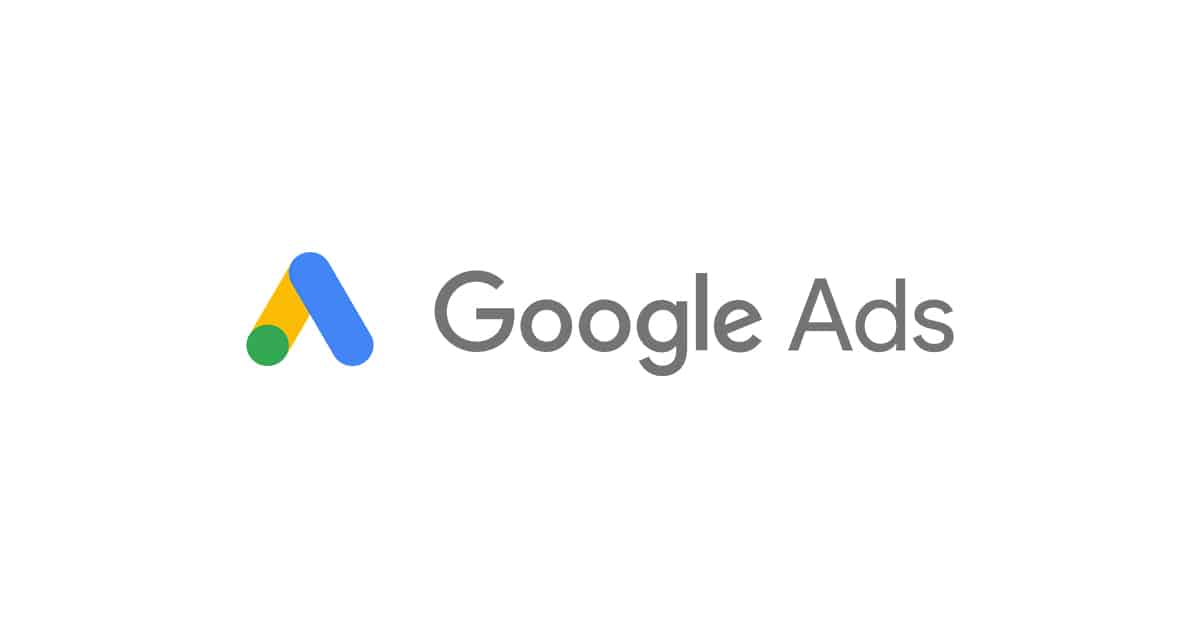Introduction
Google Ads is a powerful advertising platform that allows businesses to reach their target audience and drive traffic to their websites. However, some advertisers may attempt to use evasive ad content to deceive or mislead users. This can negatively impact the user experience and the credibility of the advertising platform.
The Problem with Evasive Ad Content
Evasive ad content refers to advertisements that use deceptive tactics to trick users into clicking on them. This can include misleading claims, false promises, or disguised ads that appear as legitimate content. Evasive ads not only annoy users but can also lead to potential security risks, such as malware or phishing attempts.
Google Ads has strict policies in place to prevent the use of evasive ad content. However, some advertisers still manage to slip through the cracks and display deceptive ads. This can be frustrating for both users and legitimate advertisers who follow the rules.
Google’s Efforts to Combat Evasive Ad Content
Google is committed to providing a safe and trustworthy advertising experience for its users. To combat evasive ad content, Google has implemented several measures:
- Automated Systems: Google uses advanced algorithms and machine learning to detect and block evasive ad content. These systems analyze ad content, landing pages, and user feedback to identify and remove deceptive ads.
- Manual Reviews: Google employs a team of human reviewers who manually review ads to ensure compliance with their policies. These reviewers play a crucial role in identifying and removing evasive ad content that may have been missed by automated systems.
- User Feedback: Google encourages users to report any ads they find deceptive or misleading. This feedback helps Google improve its automated systems and identify new patterns of evasive ad content.
- Policy Updates: Google regularly updates its advertising policies to address emerging trends and new forms of evasive ad content. These policy updates help keep advertisers informed and ensure a safer advertising environment for users.
Best Practices for Advertisers
As an advertiser, it is essential to follow Google’s policies and guidelines to avoid using evasive ad content. Here are some best practices to ensure your ads comply with Google’s standards:
- Be Transparent: Clearly state the purpose of your ad and avoid misleading claims or promises that cannot be substantiated.
- Use Clear Call-to-Actions: Make it clear what action you want users to take when they click on your ad. Avoid confusing or ambiguous instructions.
- Provide Relevant and Accurate Information: Ensure that your ad accurately represents the product or service you are promoting. Avoid using irrelevant or misleading information to attract clicks.
- Avoid Disguised Ads: Do not try to disguise your ads as regular content. Clearly label your ads as advertisements to maintain transparency.
- Regularly Review and Update Your Ads: Continuously monitor your ads to ensure they comply with Google’s policies. Update your ad content as needed to provide accurate and relevant information.
Conclusion
Evasive ad content can undermine the credibility of Google Ads and negatively impact the user experience. However, with Google’s robust systems and ongoing efforts, advertisers who use deceptive tactics are being identified and removed from the platform. By following best practices and adhering to Google’s policies, advertisers can contribute to a safer and more trustworthy advertising environment for users.

